Imagine a world painted with layers and layers of love and hate. Art that truly represents trauma, war, and violence with a fine paintbrush, making every moment look like a modern Renaissance painting. “Arcane”, Netflix’s critically acclaimed “League of Legends” inspired animated show, is a beautiful story of class divide and technological innovation set in the backdrop of a compelling familial feud.
“League of Legends” is a game known and played by millions. Created by Riot Games, the multiplayer online battle arena (MOBA) is one of the world’s largest live multiplayer video games, with a total of 150 million registered players.
With 16 years of lore and over 150 characters that have unique backstories and playstyles, an adaptation of the world was only a matter of time. However, in recent years, League of Legends has unfortunately gained a very negative self image due to several controversial players spamming the program with bots and insensitive content.
As such, a TV show based on this tumultuous game had little expectations and was plagued with many biased opinions. Such a preconceived notion is exactly what made the wild success of “Arcane” even more satisfying.
“Arcane,” first released in 2021 on the streaming giant Netflix, follows the stories of various League of Legends characters in the fictional sister cities of Piltover and Zaun. The setting is teeming with various mechanical and magical regalia, providing a steampunk and fantasy vibe to the locale. As the show progresses, the two cities slowly grow tense, with both sides attempting to conquer the other.
The first season had nine episodes, which introduced a large cast of characters around the city that developed into powerful and impactful people. In the finale, the two cities finally fought each other and decided the fate of their city and the world beyond.
The second season, released in January 2025, further developed these characters over nine episodes and introduced new concepts like time travel and a multiverse. These elements provided a further depth to the world and led to a conclusion of epic proportions for every character that audiences have spent years waiting for.
An amazing part of this show is the interactions between magic and technology, truly emphasizing the fantasy steampunk theme. Each character and group in the show uses a unique blend of the two, creating some amazing interactions. This provides a refreshingly new combat system that gets used in never-before-seen ways.
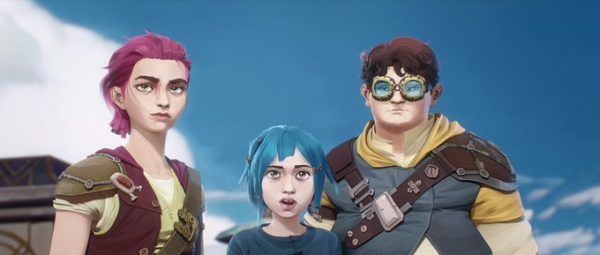
The protagonist sisters of Vi and Powder are voiced by Hailee Steinfeld and Ella Purnell respectively. Vi is the gruff, overprotective older sister, who prefers to respond with her fists when facing conflict. Powder, who later goes by Jinx, is a tortured young genius, whose trauma has turned cruel and evil. Their conflicts are a driving force of this show, with their fates entangling over and over across two seasons.
Zaun is seen as the “underbelly” of the district, filled with thieves and killers hiding in absolute darkness. Zaun’s sister city, Piltover, is the exact opposite, seen as a “beacon of progress” filled with new technologies and the world’s smartest minds. Two of these minds are Jayce and Viktor, young engineers who attempt to harness magic into technology to help their city. However, as the show progresses, we see the two closest-of-companions grow apart. As they begin to approach the show’s problems in very different ways, two quite distinct “tortured scientists” come to life.
There are so many other characters in this show, like Ekko, a young vigilante fighting to protect life in the undercity of Zaun. Each one has a rich history within the show and through their interactions, so they can only be truly understood by watching the show.
As the seasons go on, each person is given unique storylines and personal moments that characterize their morals and give the audience a true understanding of this expansive and beautiful ensemble of a cast.
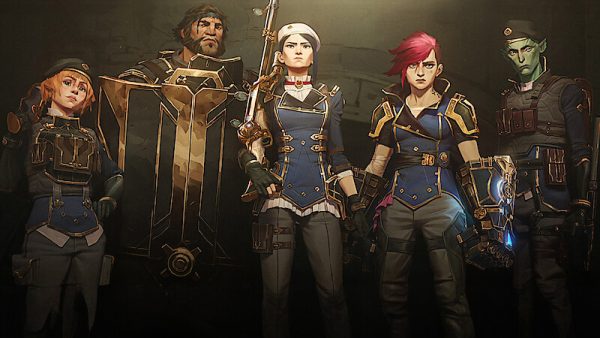
The show had a massive budget of $250 million dollars to be used over two seasons and it is clear that every single dollar was well spent. Each frame is absolutely beautiful, filled with hundreds and thousands of intricate details that make pausing at any moment look like an art piece.
Each season took around 4 years to animate and it obviously showed in the variety of character designs and set productions. The fight scenes alone, while only lasting around five minutes at a time, are incredibly well designed and directed, with each blow having real weight and power.
While the show is technically amazing, it is not without faults. The show tries to share the stories of dozens of characters over only 18 episodes. While it clearly wants to provide a satisfying conclusion, not all moments in “Arcane” are given the proper breadth. Pacing can sometimes feel too fast, with certain characters not given enough time to visibly develop or digest their experiences. However, even when the pacing appears too fast, the faults are made up along the way by giving these characters individual moments to shine.
Another great part of the series is the music production. Tons of songs were written and created for each season, with a slew of different bands and musicians being given a moment to shine. Certain songs are given special time in the show to help develop the story. Denzel Curry’s “Dynasties and Dystopias” plays during Ekko and Jinx’s final fight of season one, providing a large sense of urgency and importance to their face-off. “The Line” by Twenty One Pilots plays during a contemplative moment for Viktor in season two and gives an even more painful look into the compelling engineer’s story.
It was clear from the moment season one was released that “Arcane” was lightning in a bottle. Every single frame could be frozen and look absolutely perfect. Every fight is tightly choreographed and dramatically paced. Every song is well placed and beautifully produced. Every actor hits their marks and portrays their parts amazingly.
With a total run time of 6 hours, “Arcane” is simply asking to be binged. The only question is: What are people waiting for?




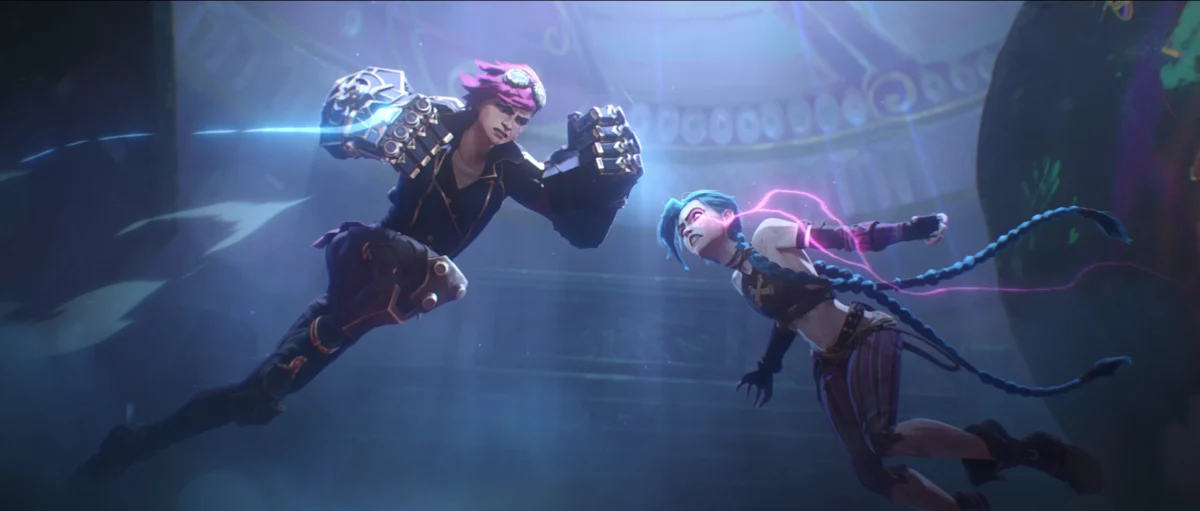
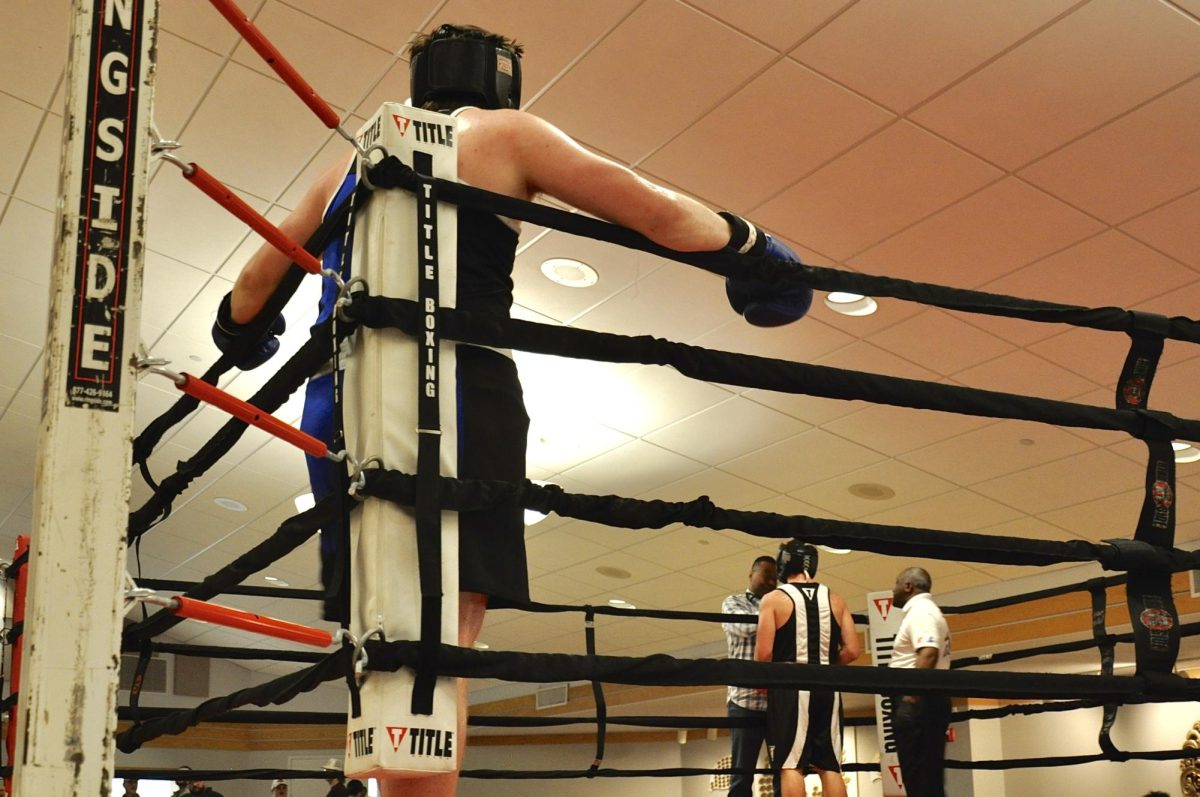
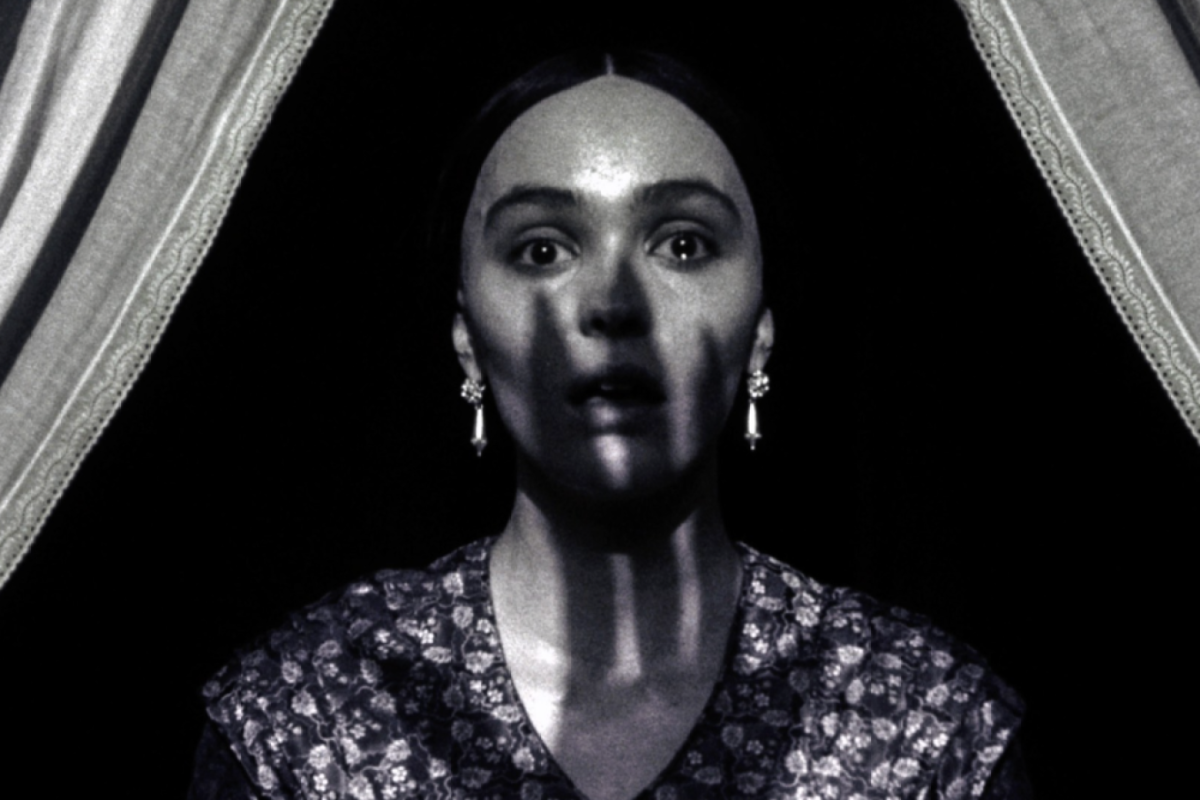
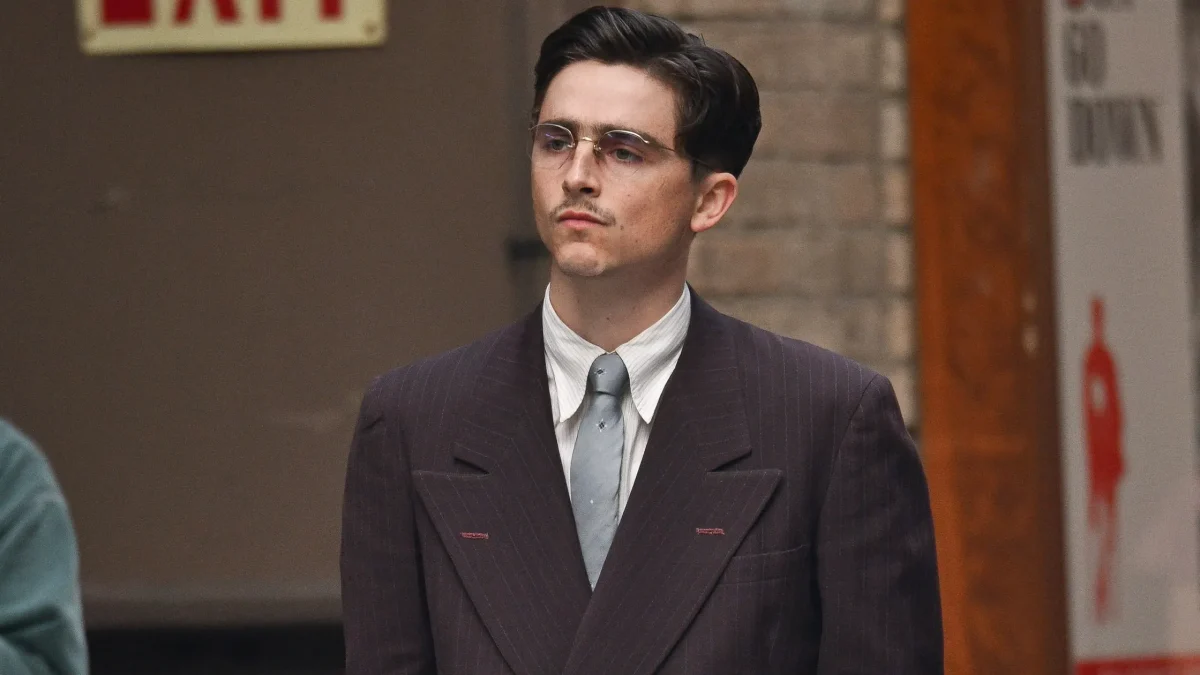
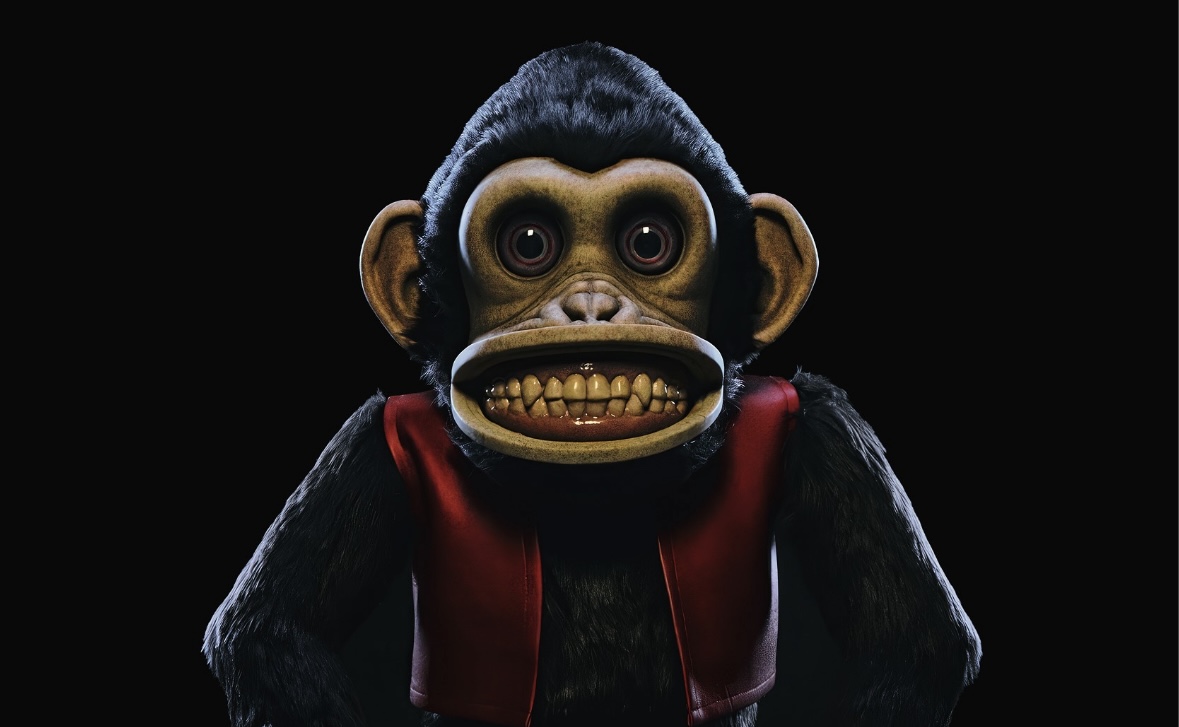
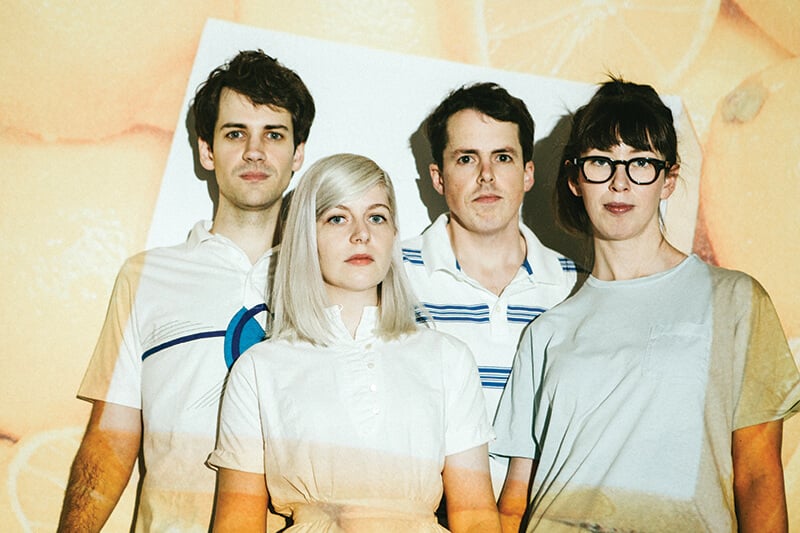
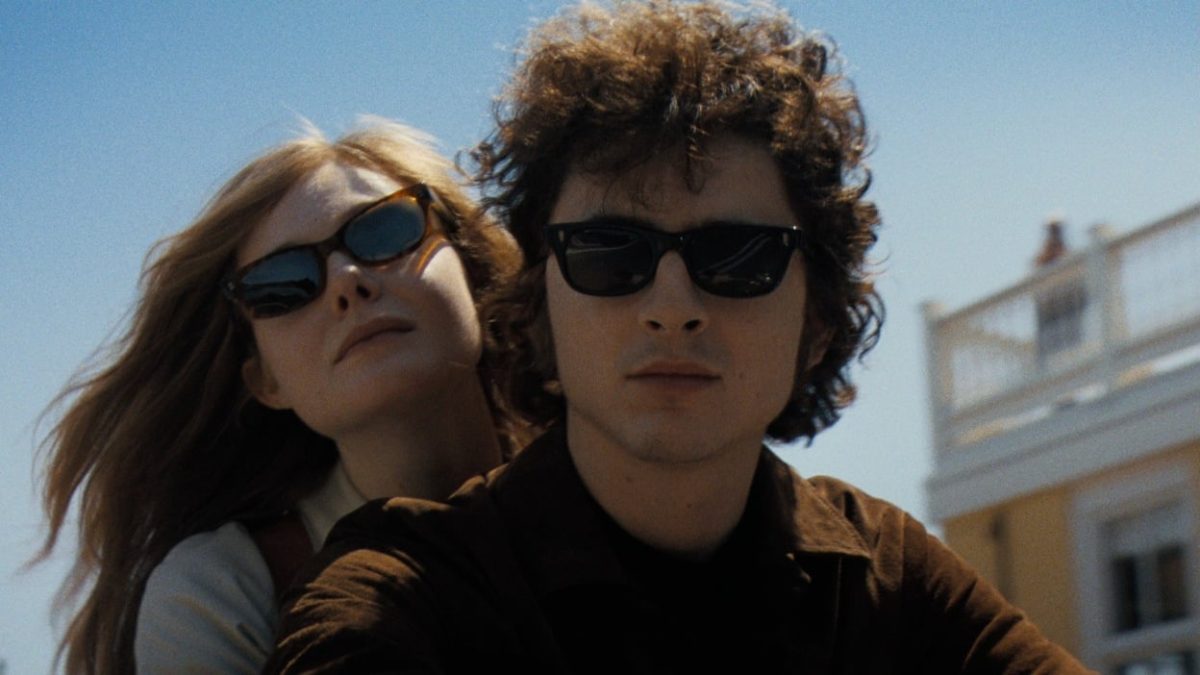

Joe • Feb 6, 2025 at 2:53 pm
Absolute cinema